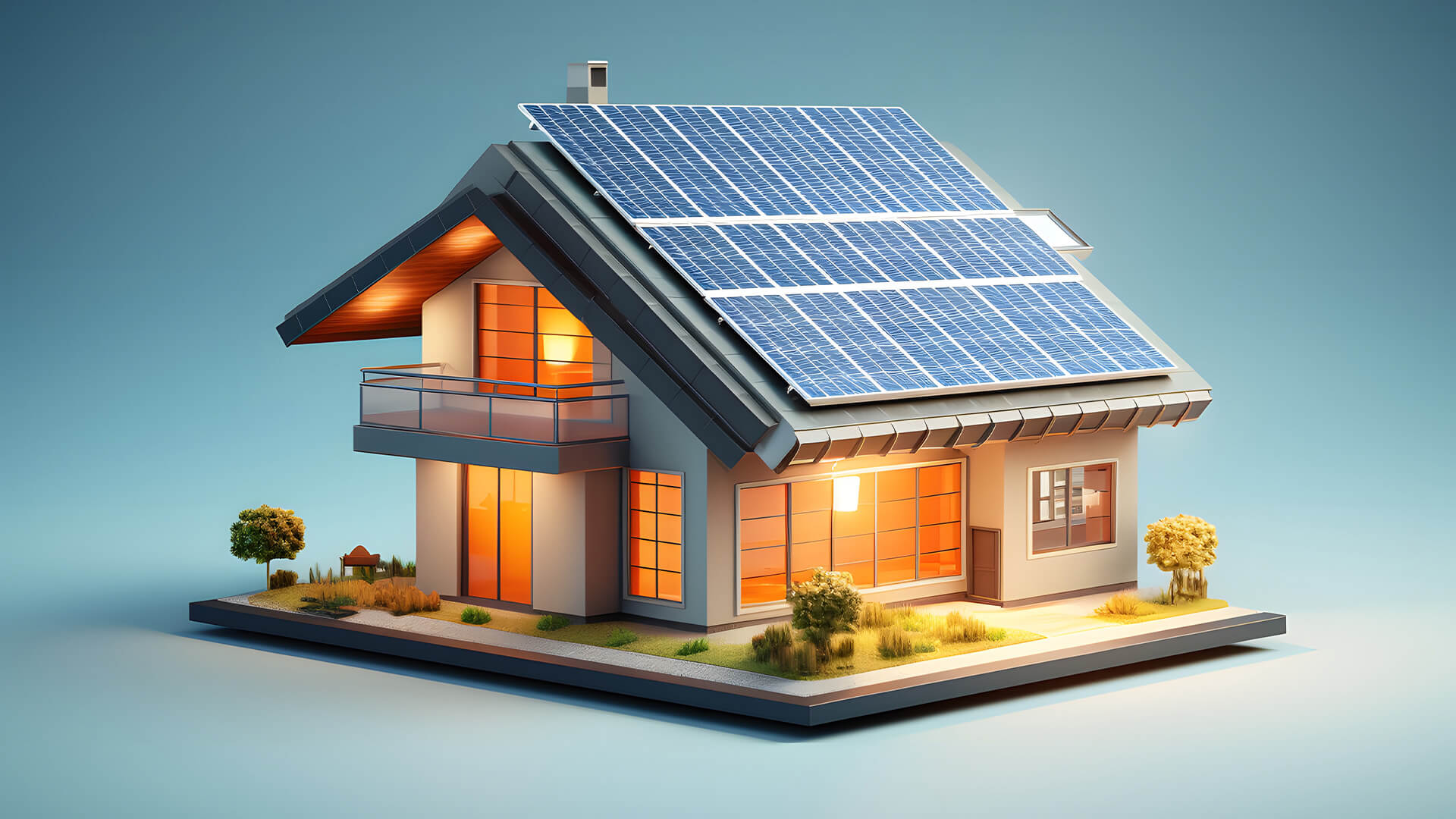By Evelyn Long, Editor-in-Chief of Renovated
Solving the climate crisis requires a coordinated approach across industries, including construction. The built environment plays a pivotal role, as operating complexes and homes generates carbon emissions, with the latent materials contributing even more. Building more energy-efficient homes reduces pollution while rewarding homeowners with lower utility bills.
What should buyers look for? What should architects and construction crews add to improve a structure’s overall sustainability throughout the building process? Here are nine ways to build more energy-efficient homes.
1. Improved Insulation and Sealing
A home’s HVAC system uses the most energy of any appliance, but improving efficiency requires more than using the highest-rated Energy Star installation. Heating and cooling efficiency performance with insulation.
Many homes lack sufficient insulation, and the best time to install it is during the building process. Opting for sustainable materials with high R-values is ideal, including:
- Stone mineral wool
- Hemp
- Densely packed cellulose
- Cotton/denim
- Straw bales
Walls and roofs require sufficient insulation. Attics and crawlspaces are often overlooked, but properly insulating these areas can significantly reduce heat loss.
2. Window Quality and Placement
The barrier game continues with a home’s windows. Multipane vinyl models can cut utility costs by up to 50% while keeping residents from catching a chill when reading in their favorite wintertime sunny spot.
Quality construction is part of the equation, and so is placement. Take advantage of passive solar by installing large windows on the south and west sides of homes in northern climates. Reverse the preferred arrangement of bays, bows and sliding glass doors in hot locales like the desert southwest and make those “fashion shutters” functional to block the worst of the heat.
3. Smart Roof Installation
Attic insulation helps, but so does attracting less heat in the first place. On hot days, black roofs can be 100 degrees warmer than the outside air, compared to 20 for a white model. Therefore, using light colors in warm climates makes sense — and these innovations may extend farther north as climate change continues.
Green roofs are another alternative. While often used in commercial construction versus residential, builders can take advantage of having a friend or two on the local planning and zoning board. Many people would prefer tiny living in an eco-friendly hobbit-style home than a high-rise apartment complete with the pitter patter of upstairs neighbors’ feet — and such innovations could be mighty contributors to fighting climate change.
4. Alternative Energy
Many homeowners wait until their roof needs to be replaced to switch to solar. Including alternative energy in plans from the onset addresses the climate crisis while liberating residents from oppressive energy bills.
Such microgrid communities are important forces in dealing with climate change’s current ravages. Bigger, stronger natural disasters lead to extended outages. Localizing energy sources allows residents to get back online quickly — and with clean solar, they face fewer service interruptions overall.
5. Better Resource Allocation
Lumber is expensive and comes from trees that take a long time to regrow. Deforestation is one of the primary drivers of climate change, but improved techniques that reduce the amount of wood used in homebuilding conserve this resource.
Optimum-value engineering refers to advanced house framing techniques that minimize the lumber necessary during construction. When combined with alternative materials such as engineered and reclaimed lumber, these practices reduce deforestation while bringing down costs for homebuyers.
6. Smart Home Integration
Much energy loss occurs due to human error. Residents head out for the day without remembering whether they turned off their lights and television, let alone adjusted the thermostat.
Integrating smart home technology as part of the build process is often less expensive than retrofitted installations and reduces energy waste. For example, dialing the thermostat down or up by a single degree during the eight-hour workday reduces energy use by 2%-3%. Homeowners can do so from the office with a simple, “Alexa, adjust that dial and turn off the lights.”
7. Energy Star Appliances
Energy Star appliances are a must in new construction. It’s particularly crucial for those that run all the time, such as refrigerators. Similarly, water heaters and HVAC units see daily use.
However, other appliances matter, too. For example, many of today’s dishwashers are so efficient they use less water than hand-washing. Letting prospective homeowners know they can feel good about using their shiny new appliances is a selling point.
8. Landscaping Alternatives
For years, the lawn dominated the American landscape. However, large, grassy installations make little sense outside of golf courses. They cost small fortunes in water and energy to maintain, and lawnmowers and leaf blowers create unwanted emissions. Plus, they force homeowners to sacrifice every sunny summer Saturday for home maintenance.
Take a tip from the Southwest and employ xeriscaping. While this landscaping style will look different in the Pacific Northwest, it still uses native vegetation to create nearly maintenance-free beauty. Occasional weeding and raking is often all a homeowner must do to maintain a pleasant exterior, much to their neighbors’ delight.
Building Energy-Efficiency Into Homes
The construction sector plays a crucial role in addressing climate change. Innovative building techniques can make homes more energy efficient.
Employing thoughtful strategies during the design and construction phases results in energy-efficient homes that delight homeowners. They’ll enjoy lower utility costs while feeling good about where they live.































